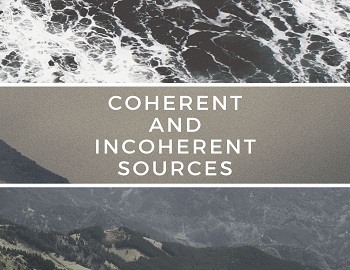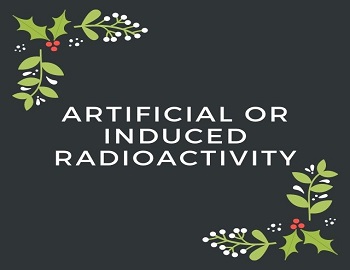Coherent and Incoherent Sources:
The interference pattern is formed in the region where two waves are superposed. Each point in this region has intensity depending on the phase difference ‘δ’ between the waves reaching that point. If this phase difference does not change with time, then intensity at that point will also not change with time i.e., the intensity pattern will sustain. This is exactly what is required for observing interference pattern with light wave.
The emission of light from a source example- sodium lamp is due to the transition of electron in billions of atoms. The emission from each atom is being random i.e., bears no relationship in time or space with other atoms. If we have two independent sources, each will give emission with no relationship between them. Thus, light from these sources will reach at any point with no phase relationship i.e., a phase difference between them will vary at random. As a result in the region of superposition, the intensity of light will be continuously varying at all points and we shall observe uniform illumination instead of an interference pattern. Therefore, a sustained interference pattern cannot be observed with two independent sources.
In order to observe interference pattern, it is, therefore, necessary to have two sources that maintain a constant phase relationship between them. Such sources are called coherent sources. Since two independent sources can never be coherent, therefore in order to observe interference, two sources of light are obtained from a single parent source. Since all the random phase changes occurring in the parent source are exactly repeated in the two secondary sources, therefore relative phase remains unchanged or constant.
It is not necessary that light from two sources should have zero phase difference, it may be any value but it should not change with time so that light from two sources reaching at a point will have a constant phase difference.









Comments (No)